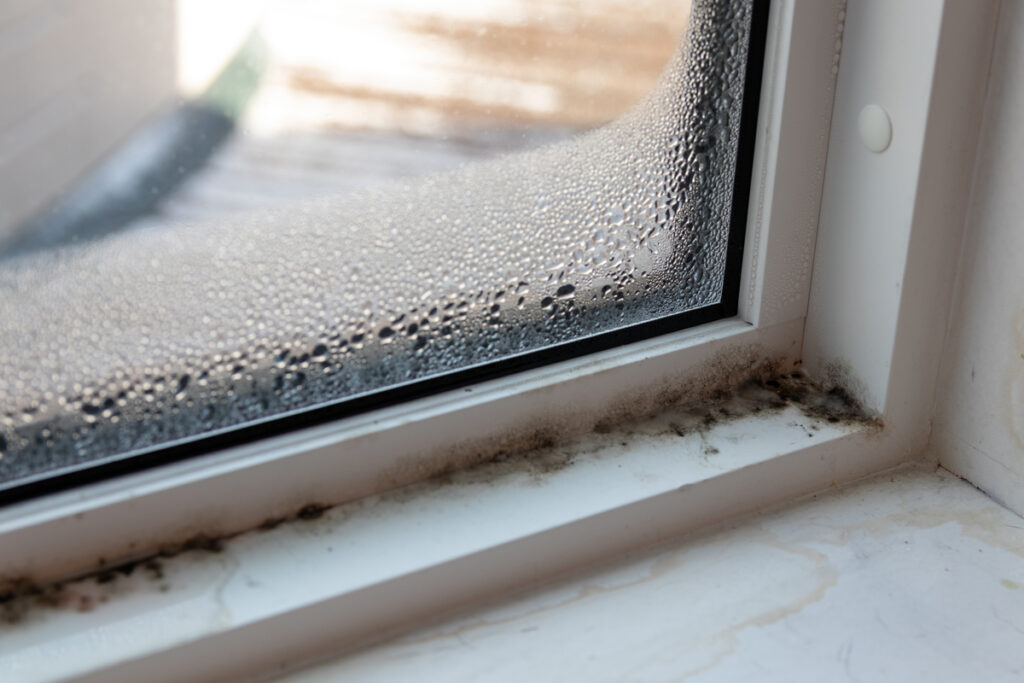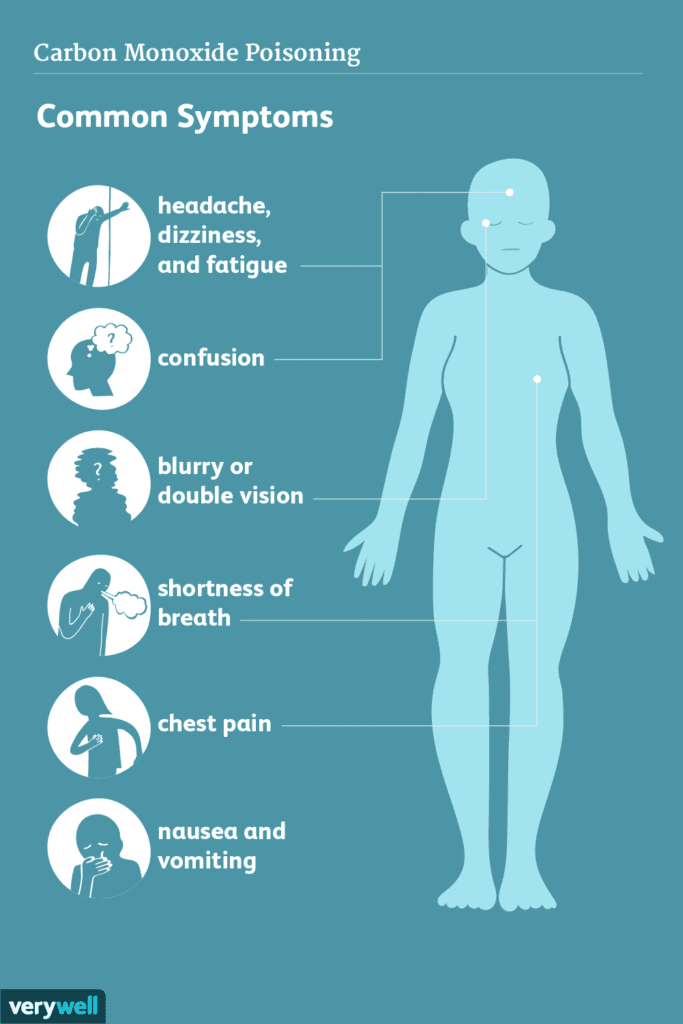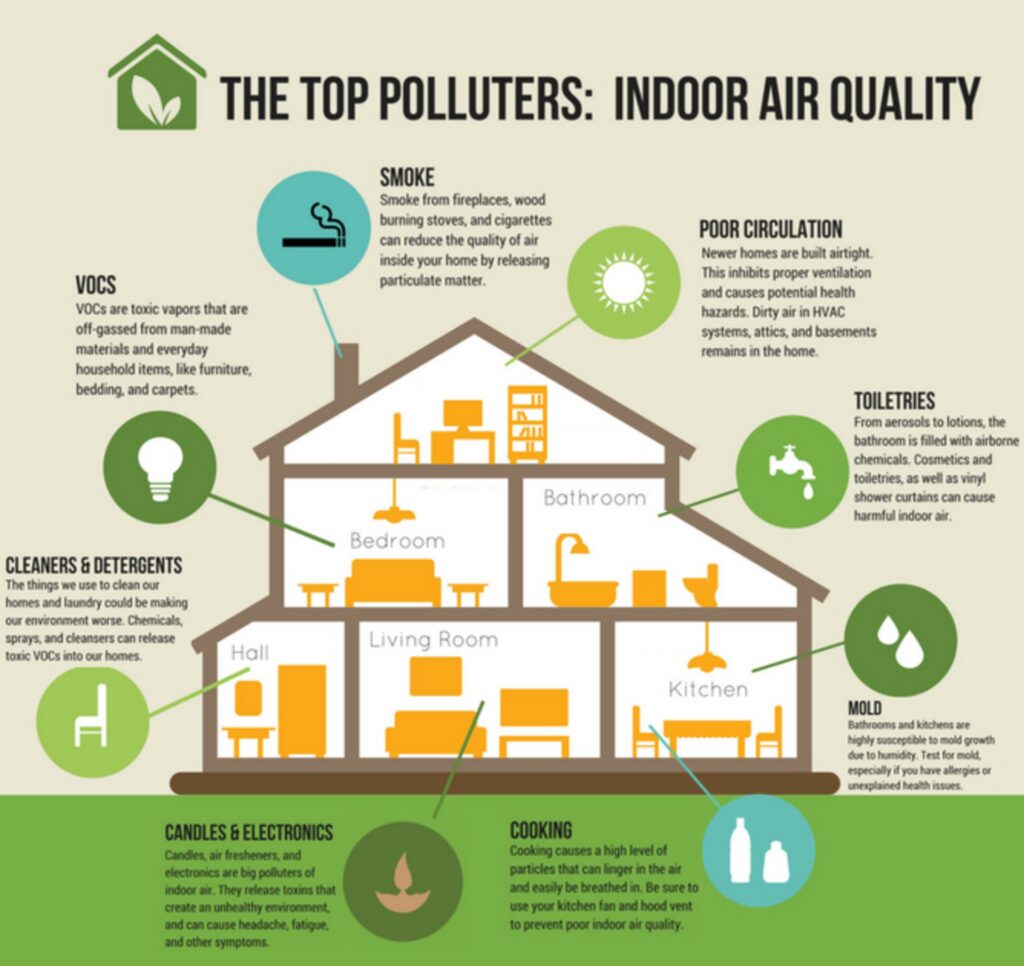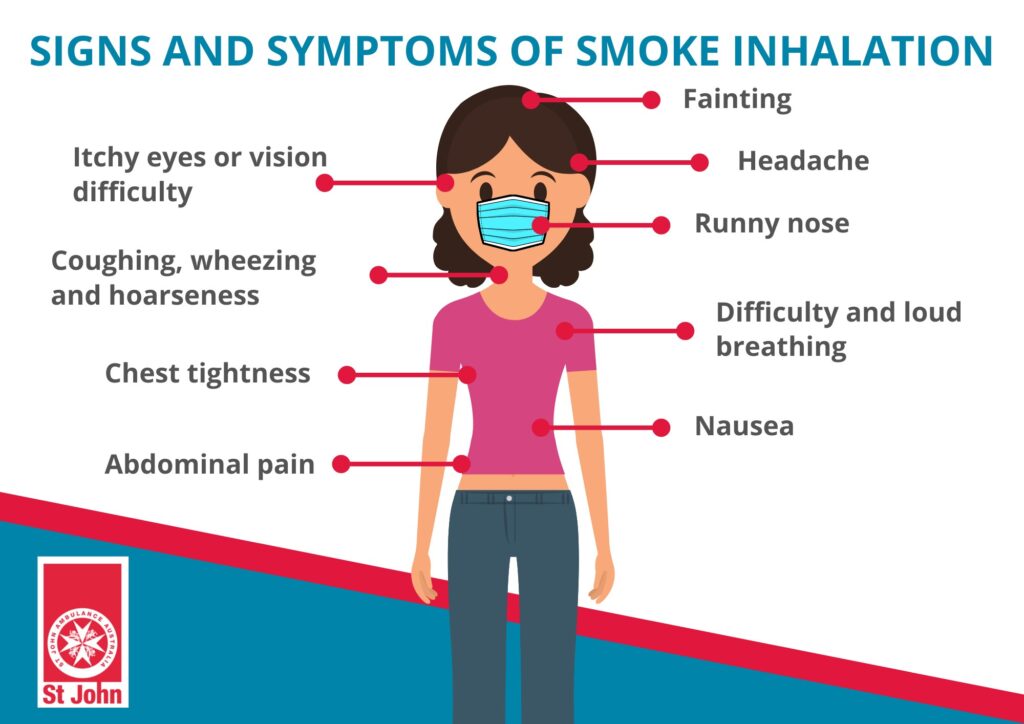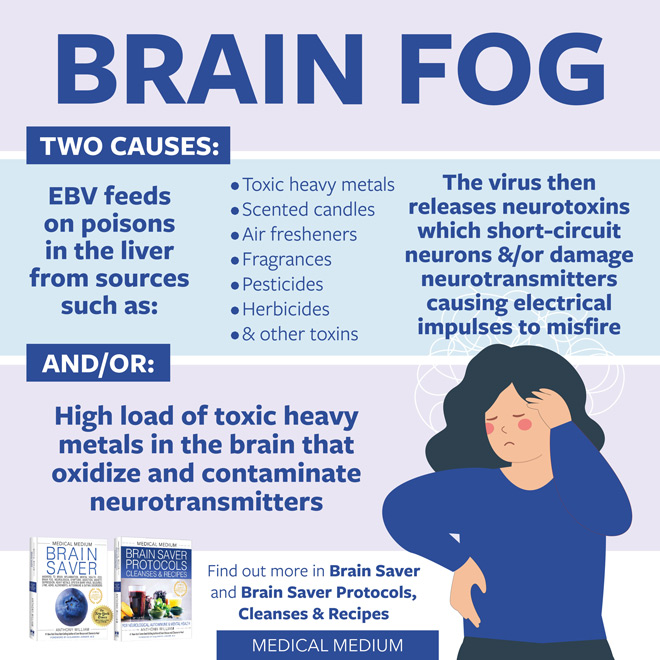Do you ever wonder about the quality of the air you’re breathing? With increasing air pollution and environmental concerns, it’s a valid question to ask. Poor air quality can have a significant impact on your health, and it’s essential to stay informed about the potential risks.
In this section, we’ll address common air quality concerns and explore the health risks associated with poor air quality. By understanding the factors influencing air quality, you’ll be better equipped to protect yourself and your loved ones.
Key Takeaways
- Poor air quality can have a significant impact on your health
- It’s essential to stay informed about the potential risks associated with air pollution
- Understanding the factors influencing air quality can help you protect yourself and your loved ones.
Understanding Air Quality and Its Effects on Health
When it comes to air pollution and health, the impact can be significant and widespread. Breathing in polluted air can lead to a variety of health risks, ranging from respiratory problems to cardiovascular issues. Understanding the effects of air pollution on your health is crucial for taking the necessary precautions to protect yourself and your loved ones.
The Air Quality Index (AQI) is a measure used to assess air quality levels in your area. This index takes into account various pollutants, such as ozone, particulate matter, and nitrogen dioxide, to provide an overall air quality reading. The AQI ranges from 0 to 500, with lower numbers indicating good air quality and higher numbers indicating poor air quality.
Prolonged exposure to poor air quality can lead to a range of health risks, including asthma, allergies, lung cancer, and even premature death. These risks are particularly pronounced for vulnerable populations, such as children, the elderly, and individuals with pre-existing health conditions.


It’s important to monitor air quality levels in your area and take appropriate measures to reduce your exposure to pollutants. This may include staying indoors during times of high pollution, using air purifiers, and wearing masks when outside. By taking these steps, you can minimize the potential health risks associated with poor air quality and create a healthier environment for yourself and those around you.
Factors Affecting Air Quality
There are numerous factors that can contribute to air pollution and affect air quality. Some of the most common sources of air pollution include emissions from transportation, industrial activities, and energy production. Natural phenomena such as wildfires, dust storms, and volcanic eruptions can also have a significant impact on air quality.
Monitoring air quality is crucial in identifying potential health risks and taking appropriate action. Governments and organizations have established air quality guidelines to maintain acceptable levels of air quality. By following these guidelines, we can ensure that we are breathing clean air and minimizing the risk of exposure to harmful pollutants.


Various tools and technologies are used to monitor air quality, including air quality sensors, satellite imaging, and ground-based measurements. These monitoring systems provide valuable data that helps us understand the current state of air quality and the factors affecting it.
By staying informed about the factors influencing air quality and the guidelines in place to maintain it, we can take steps to minimize our carbon footprint and contribute to a cleaner environment.
Health Risks of Poor Air Quality
If you’ve ever experienced difficulty breathing or coughing in areas with high air pollution, you already have an idea of the impact that poor air quality can have on your health. Prolonged exposure to polluted air can lead to a range of health problems that affect both your respiratory and cardiovascular systems and increase the risk of stroke, heart disease, and cancer. In fact, poor air quality is associated with approximately 7 million premature deaths worldwide each year.
The health risks of poor air quality are particularly pronounced for vulnerable populations such as children, the elderly, and individuals with pre-existing health conditions. Air pollution can exacerbate respiratory issues such as asthma and allergies, making it more difficult for these individuals to breathe comfortably. Additionally, it can have long-lasting effects on cognitive function and development in children, leading to lower IQ levels and learning difficulties.


The World Health Organization has identified poor air quality as the single largest environmental health risk we face globally. The effects of air pollution on health are cumulative, and while you may not notice immediate symptoms of exposure to poor air quality, the long-term effects can be severe. It’s important to take steps to reduce your exposure to air pollution and protect your health and well-being.
Assessing Air Quality: Air Quality Index (AQI)
When it comes to measuring air quality, the Air Quality Index (AQI) is an essential tool that can help you understand the current state of the air around you. The AQI is a measurement scale that provides information about the level of air pollution and its potential health effects.
The AQI is based on five major air pollutants: ground-level ozone, particulate matter, carbon monoxide, sulfur dioxide, and nitrogen dioxide. These pollutants are measured in real-time, and their levels are translated into a single number that represents the overall air quality level.
The AQI categorizes air quality levels into six categories: good, moderate, unhealthy for sensitive groups, unhealthy, very unhealthy, and hazardous. Each category has a corresponding color code and health advisory that indicate the level of risk associated with the air quality level.
| AQI Range | Category | Health Advisory | Color Code |
|---|---|---|---|
| 0-50 | Good | Air quality is considered satisfactory and poses little or no health risk. | Green |
| 51-100 | Moderate | Air quality is acceptable; however, there may be a moderate health concern for a small number of people who are unusually sensitive to air pollution. | Yellow |
| 101-150 | Unhealthy for Sensitive Groups | Members of sensitive groups may experience health effects. The general public is less likely to be affected. | Orange |
| 151-200 | Unhealthy | Everyone may begin to experience health effects; members of sensitive groups may experience more serious health effects. | Red |
| 201-300 | Very Unhealthy | Health warnings of emergency conditions. The entire population is more likely to be affected. | Purple |
| 300+ | Hazardous | Health alert: everyone may experience more serious health effects. | Maroon |
It’s important to note that AQI values above 100 are considered unhealthy, and values above 200 are considered very unhealthy. When the AQI reaches hazardous levels, it’s recommended that everyone should avoid outdoor activities and stay indoors if possible.
By understanding the Air Quality Index and its categories, you can make informed decisions about your exposure to polluted air. You can easily find daily air quality readings for your location online or through smartphone apps, and take appropriate measures to minimize your exposure to poor air quality.


Steps to Maintain Healthy Air Quality
Maintaining a healthy environment is essential for protecting yourself and your loved ones from the potential health risks associated with poor air quality. Here are some practical steps you can take to ensure that the air you breathe is clean and healthy:
Indoor Environment
1. Keep your home clean and well-ventilated. Regularly dust and vacuum carpets, furniture, and floors to reduce the buildup of allergens and pollutants.
2. Use natural cleaning products to avoid harsh chemicals that can contribute to poor indoor air quality.
3. Use air purifiers to filter out pollutants and improve air quality indoors.
4. Eliminate sources of indoor pollution, such as smoking, burning candles, and using gas stoves.
5. Consider using indoor plants, like spider plants or peace lilies that can absorb toxins and improve air quality.


Outdoor Environment
1. Stay informed about the air quality in your area by checking the Air Quality Index (AQI) regularly.
2. Avoid exercising or spending time outdoors when air quality is poor.
3. Reduce your carbon footprint by using public transportation, walking, or biking instead of driving.
4. Support environmental policies and initiatives that promote clean air and sustainable living.
By taking these steps, you can actively contribute to maintaining a healthy environment and improving air quality. Remember, every little bit counts when it comes to protecting yourself and the planet!
Importance of Indoor Air Quality
Did you know that poor indoor air quality can have a significant impact on your health? In fact, indoor air can be up to five times more polluted than outdoor air, according to the EPA. This is due to a variety of factors, such as inadequate ventilation, improper use of household chemicals, and even the materials used in building and furnishing homes.
Exposure to indoor air pollutants can lead to a range of health problems, including respiratory issues, allergies, and even cancer. Children, the elderly, and individuals with preexisting health conditions are especially vulnerable to the health risks associated with poor indoor air quality. It’s crucial to take steps to improve the air quality in your home and reduce your exposure to pollutants.
To maintain good indoor air quality, ensure proper ventilation, use natural and non-toxic cleaning products, and monitor humidity levels. Additionally, consider investing in an air purifier or air filter to further improve the quality of the air in your home. By taking these steps, you can promote a healthier living environment and reduce the potential health risks associated with poor indoor air quality.


Don’t neglect the importance of indoor air quality. By taking proactive measures, you can create a healthier and safer living environment for you and your family.
Air Quality and Vulnerable Populations
While poor air quality can impact all individuals, certain populations are more susceptible to the health risks associated with air pollution. Children, the elderly, and individuals with preexisting health conditions are particularly vulnerable to the effects of air pollution, as their bodies may not be able to withstand exposure as well as others.
For example, children who are exposed to high levels of air pollution may experience developmental delays and respiratory issues. The elderly are also at an increased risk of respiratory problems and cardiovascular disease. Individuals with preexisting conditions such as asthma or heart disease may experience exacerbated symptoms or more frequent attacks due to poor air quality.
It is crucial to take extra precautions to protect vulnerable populations from the impact of air pollution. This includes minimizing exposure to polluted air by staying indoors during high pollution days, using air purifiers and filters, and monitoring air quality levels in your home and community.
By taking these steps, we can ensure that all individuals, including those who are most vulnerable, are able to breathe clean air and enjoy a healthy, fulfilling life.


Government Actions and Regulations
As the detrimental effects of air pollution on health have become increasingly evident, governments around the world have taken action to regulate air quality and maintain acceptable levels of pollutants in the air. These air quality guidelines have been set by organizations such as the World Health Organization and the Environmental Protection Agency, and they outline the maximum allowable concentrations of various pollutants in the air.
The guidelines take into consideration the potential health risks associated with prolonged exposure to pollutants, and they are regularly reviewed and updated to reflect new research findings and advancements in technology. The ultimate goal is to ensure that the air we breathe is safe and healthy for everyone.


In addition to setting guidelines, governments also monitor air quality and take action when necessary to improve it. This can include implementing regulations on industrial emissions, promoting the use of cleaner energy sources, and providing incentives for individuals and businesses to reduce their carbon footprints.
While individual efforts to improve air quality are important, collective action through government regulations and policies is critical to making significant and lasting improvements to air quality. By supporting these actions, you can contribute to a cleaner and healthier environment for yourself and future generations.
The Role of Technology in Air Quality Improvement
Technology has played a crucial role in improving air quality by providing innovative solutions for monitoring, controlling, and reducing air pollution. With the development of advanced monitoring systems, we now have a better understanding of the sources and levels of air pollution in our communities.
New technologies such as drones and satellites have made it possible to monitor air quality on a global scale, providing valuable insights into the factors influencing air pollution levels.


Additionally, sustainable technologies like electric cars, solar panels, and wind turbines are helping to reduce the carbon emissions that contribute to air pollution.
By investing in new technology and promoting sustainable practices, we can continue to make significant strides toward improving our air quality and creating a healthier environment for ourselves and future generations.
Advocacy and Individual Responsibility
As you have learned, air quality concerns can have a significant impact on your health. While government actions and technological advancements play a crucial role in improving air quality, individual responsibility and advocacy are also essential.
By becoming an advocate for clean air, you can raise awareness about the importance of maintaining healthy air quality levels. Consider joining community organizations and attending public meetings to voice your concerns and support efforts to improve air quality.
As an individual, you can take steps to reduce your carbon footprint and promote positive change. Simple actions such as using public transportation, carpooling, and conserving energy in your home can go a long way in reducing air pollution.


Additionally, prioritize using environmentally friendly products and supporting companies that prioritize sustainability. By making conscious decisions, you can actively contribute to creating a cleaner and safer environment for yourself and future generations.
Conclusion
In conclusion, understanding the impact of air quality on your health is crucial for taking appropriate measures to protect yourself and your loved ones. By staying informed about the factors affecting air quality, monitoring air quality levels, and taking steps to maintain a healthy environment, you can minimize the potential health risks associated with poor air quality.
Together, we can contribute to improving air quality and creating a cleaner and healthier world for generations to come. Remember, maintaining a healthy environment is not just a government responsibility, it is also an individual responsibility. By taking small steps like reducing energy consumption and using environmentally-friendly products, you can make a significant impact on the air quality in your community.
So let’s take action and become advocates for clean air. If we all do our part, we can create a brighter, healthier future for ourselves and for future generations. Thank you for taking the time to learn about air quality concerns and for being a part of the solution.
FAQ
Q: How worried should I be about air quality?
A: Air quality concerns are important to consider, as poor air quality can have negative impacts on your health. It is advisable to stay informed about air quality levels in your area and take appropriate measures to protect yourself and your loved ones.
Q: What are the health risks of poor air quality?
A: Poor air quality can lead to various health issues, including respiratory problems, cardiovascular issues, and increased risk of allergies and asthma. Prolonged exposure to polluted air can have long-term consequences on your overall well-being.
Q: How does air quality affect vulnerable populations?
A: Certain populations, such as children, the elderly, and individuals with preexisting health conditions, are more vulnerable to the effects of air pollution. It is important to take extra precautions to protect these groups from the potential harm caused by poor air quality.
Q: What is the Air Quality Index (AQI)?
A: The Air Quality Index (AQI) is a measurement scale used to assess air quality. It provides information about the level of air pollution and its potential health effects. Understanding the AQI can help you interpret air quality measurements effectively.
Q: How can I improve indoor air quality?
A: There are several steps you can take to maintain a healthy indoor environment and improve air quality. These include keeping your living space clean, properly ventilating your home, using air purifiers, and reducing the use of chemicals and pollutants indoors.
Q: What are the government actions and regulations regarding air quality?
A: Governments implement various measures to monitor and control air pollution. They set guidelines and standards to ensure public health and safety. Understanding these efforts can provide insight into the collective actions being taken to address air quality concerns.
Q: What is the role of technology in improving air quality?
A: Technology plays a vital role in improving air quality. Innovations in monitoring systems and sustainable solutions are helping to combat air pollution and create a healthier environment. Advancements in technology are contributing to the ongoing efforts to improve air quality.
Q: How can I contribute to improving air quality?
A: You can contribute to improving air quality by becoming an advocate for clean air and taking individual responsibility. This can involve reducing your carbon footprint, promoting sustainable practices, and supporting initiatives that aim to improve air quality. Together, we can create a healthier and cleaner future.


